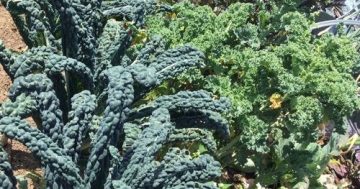Mrs Hoo Haa and myself are about to try our hands at setting up a veggie garden but we know very little about it.
Does anyone have any good tips or can anyone recommend any good resources/links/books to learn more about the subject (specific to our climate)?





















